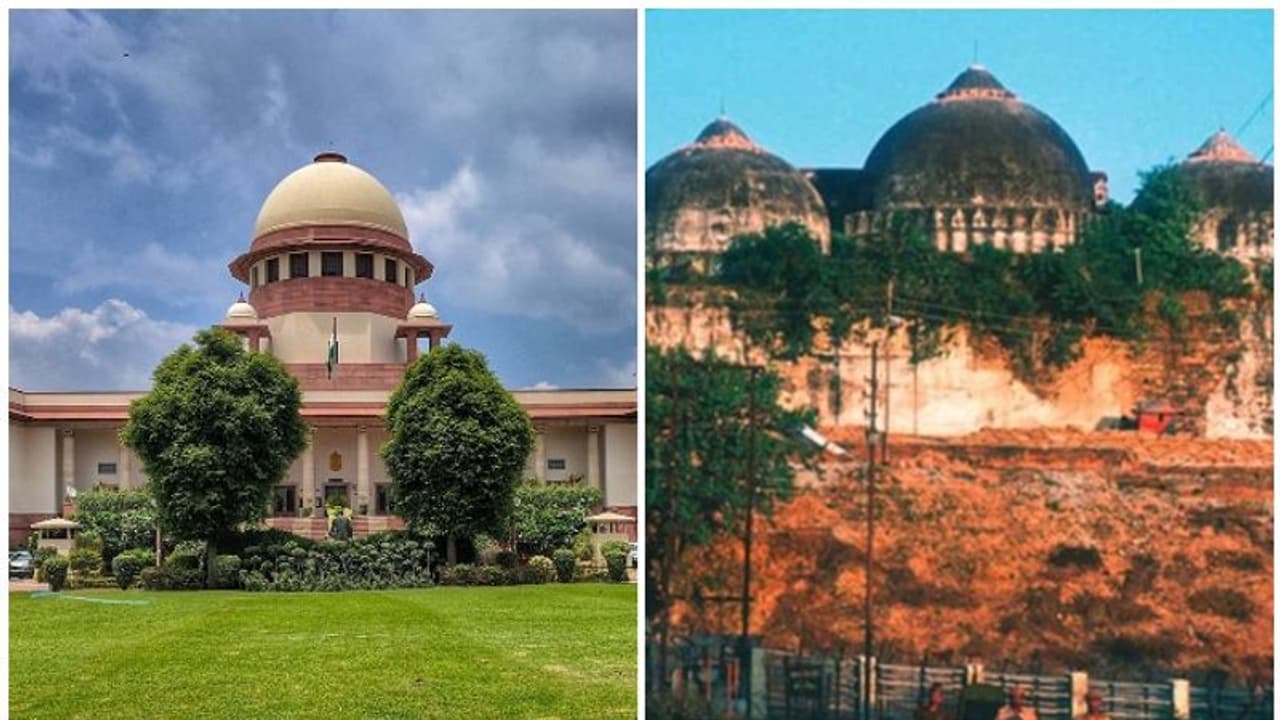While the Supreme Court delivered the Ayodhya verdict by giving the disputed land to the Ramjanmabhoomi Nyas, the court also made an interesting observation with regard to the birthplace of Lord Ram
One very key observation that was made by the Supreme Court while delivering the Ayodhya verdict was with regard to the Ram Janmasthan or Ram's birthplace.
The court said that it is thus concluded that prior to construction of the mosque and subsequent thereto, Janmasthan of Lord Ram is the place where Babri Mosque has been constructed where faith and belief is proved by documentary and oral evidence.
The Supreme Court went on to cite the cross examination by one Mohammad Qasim in which he admitted that what he called the Babri Masjid is called Janmasthan by Hindus. He stated, "It is true that the place I call Babri Masjid is called Janmasthan by the Hindus."
The court said that oral evidence as noted clearly proves the faith and belief of the Hindus that the Janmasthan of Lord Ram is the place where the Babri Mosque was constructed.
The three-dome structure was treated as birthplace of Lord Ram. People worship the three-dome structure, parikrama, of the entire premises, and this has been amply proved by oral evidences led in the suit, the five judge Bench observed.
The statements noted in all Gazetteers published under authority of government categorically and unanimously state that at Janmasthan of Lord Ram, Babri Mosque was constructed in 1528 by Mir Baqi.
It is true that statements recorded in Gazette is not conclusive evidence but presumption of correctness of statements recorded, which have to be raised subject to being disproved by leading appropriate evidences. All Gazettes published by the government authority repeats the same statement that Babri Mosque was constructed at the Janmasthan of Lord Ram.
There is no evidence leading to the plaintiffs of Suit 4 to disprove the above statement and further, oral evidence as noticed above clearly supports the faith and belief of Hindus that Lord Ram was born at the place where Babri Mosque has been constructed. The conclusion that place of birth of Lord Ram is the three-dome structure can, therefore, be reached, the bench said.
It was only during the British period that grilled wall was constructed dividing the walled premises of the mosque into inner courtyard and outer courtyard. Grilled iron wall was constructed to keep Hindus outside the grilled iron wall in the outer courtyard. In view of the construction of the iron wall, the worship and puja started in Ram Chabutra in the outer courtyard. Suit of 1885 was filed seeking permission to construct temple on the said Chabutra where worship was permitted by the British authority, the bench noted.
Faith and belief of the Hindus as depicted by the evidence on record clearly establish that at the birth place of Lord Ram, the mosque was constructed and three-dome structure is the birth place of Lord Ram. It cannot be said that Hindus were dividing mosque premises by constructing iron wall outside the three-dome structure to alter their faith and belief regarding the birth place of Lord Ram, the court observed. The worship on the Ram Chabutra in the outer courtyard was symbolic worship of Lord Ram, who was believed to be born in the premises, the court added.
